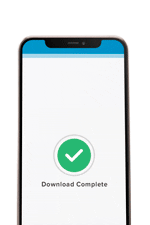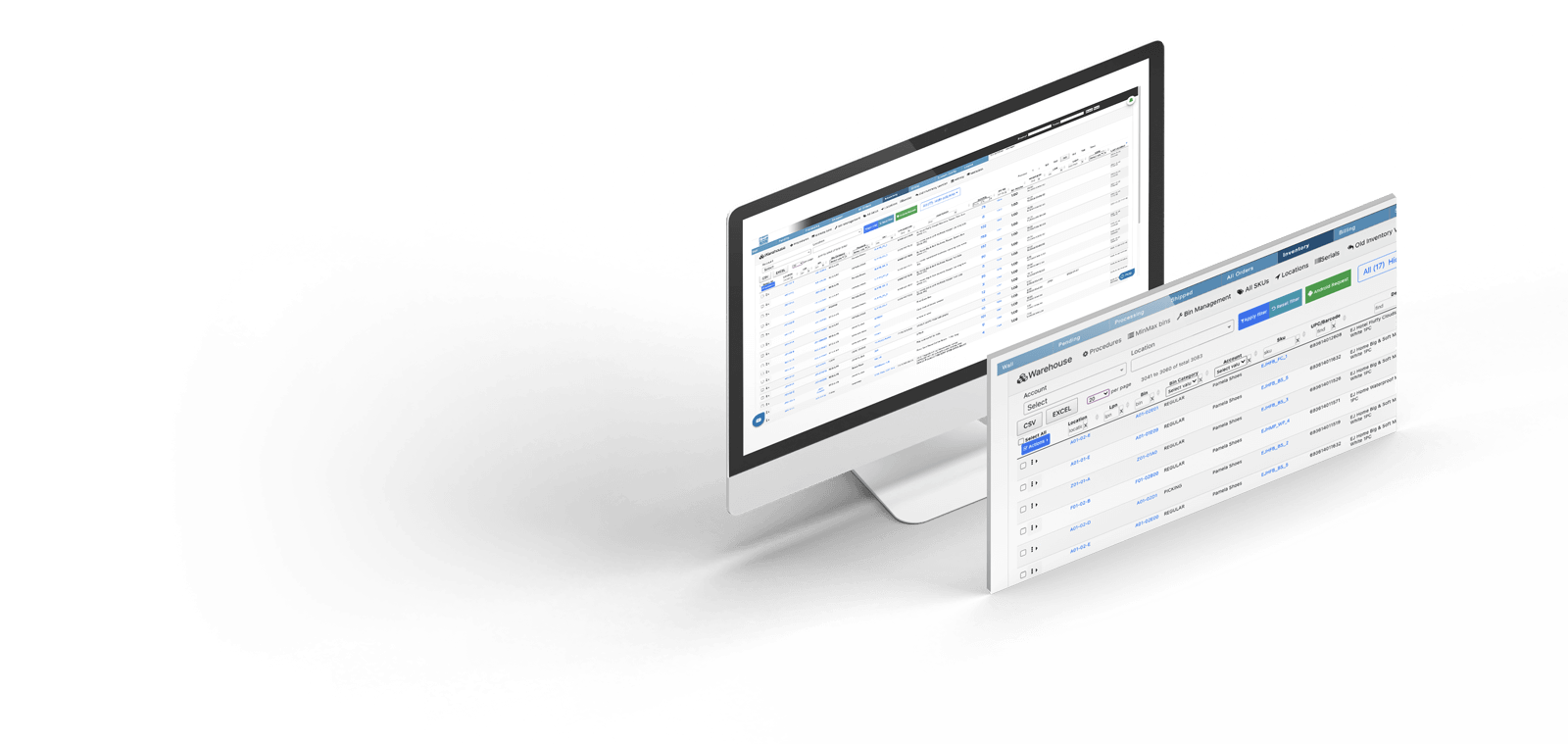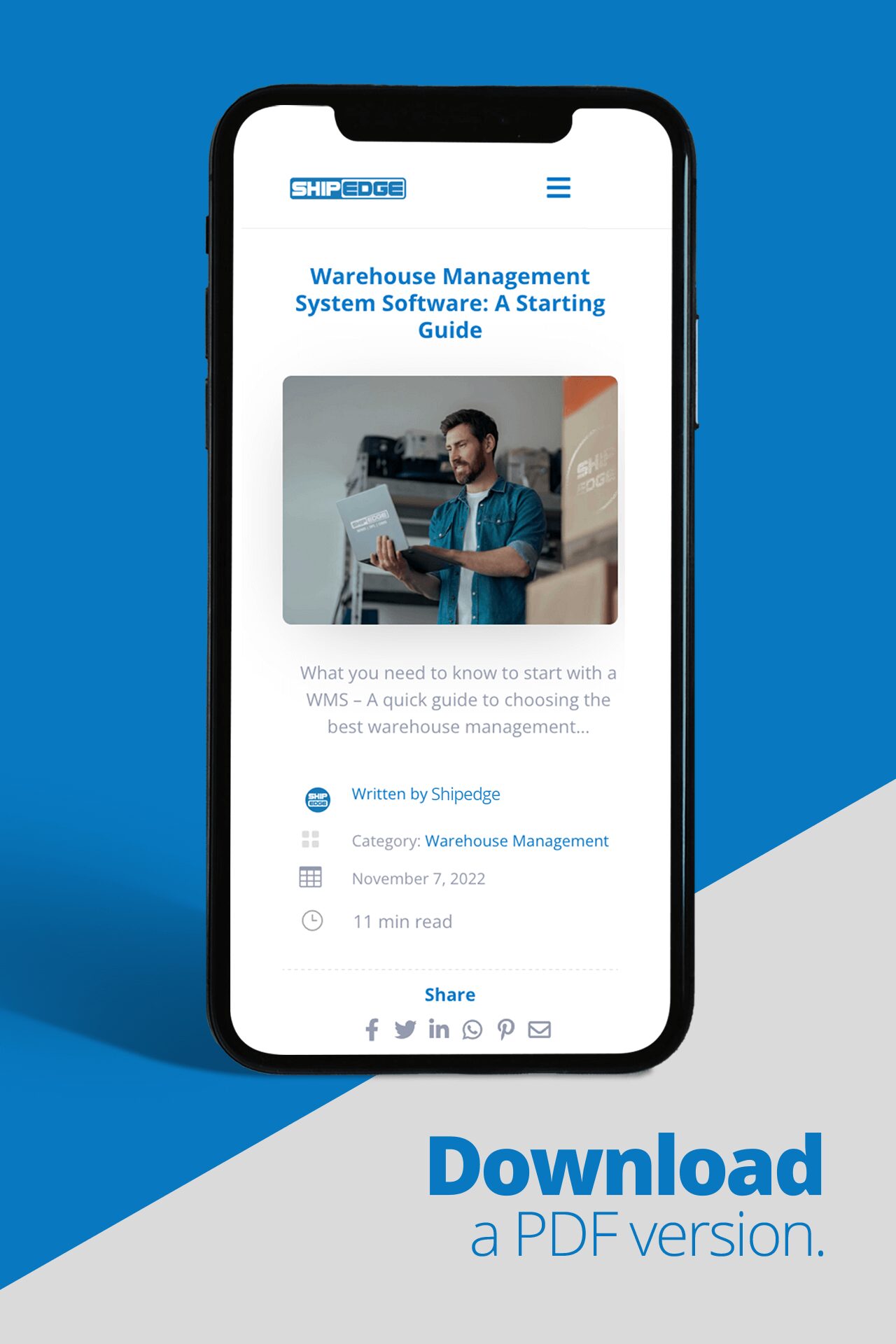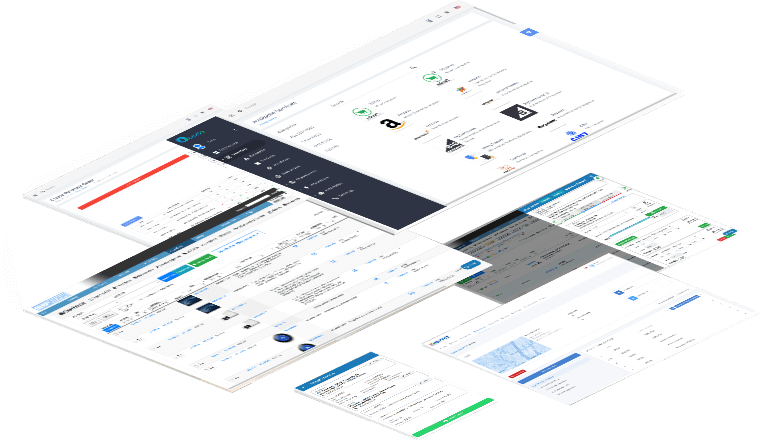In Part 1 of Third-Party Logistics (3PL) Essential Guide to eCommerce Fulfillment, we discussed the benefits of starting a 3PL company.
If you have not yet read Part 1, start there, and come back when you’re ready.
In this part of Third-Party Logistics Essential Guide to eCommerce Fulfillment, we will be exploring how 3PLs receive both inventory and orders from their clients.
Receiving Inventory
The first thing that will happen after you sign up a new client for 3PL fulfillment services, is they will start sending inventory to your warehouse. Your all-important first impression will rely on how effectively and efficiently you are able to receive that inventory. This is the first time a client is able to actually see how you will work with them as a partner, so it’s important to establish a great relationship from the start.
A warehouse management system will make your team’s job easier, especially if the software comes with workflows to facilitate the inbound or receiving process. That’s why you’ll find those receive workflows on both our web application and mobile app that your team will be using on the warehouse floor.
Oftentimes, when your customer starts seeing real-time receiving updates in their vendor portal, they will have this “wow” moment, which can really help your client build that trust with you as their partner for third-party logistics.
Types of Inventory Receiving: Workflows Geared Towards eCommerce Fulfillment
There are many different types of receiving processes and workflows that third-party logistics companies use to receive inventory, but we don’t have room to list them all here. What is covered below are the receiving workflows that are best suited for an eCommerce company.
By utilizing the methods below, you will be able to ensure that warehouse clients have high stock availability online across their channels by making inventory available as soon as possible.
Having readily available stock will lead to more sales as you push inventory availability to their online channels, which in turn, will allow your clients to capture more orders, therefore increasing order fulfillment revenue for your 3PL organization.
Some other things to keep in mind are:
- Warehousing organization
- Storage space utilization
- Ease of product picking later on
- Creating simple, repeatable workflows so receiving doesn’t slow down your team or increase overhead
Directly Receiving Stock to Pickable Locations Within the Warehouse
The best way to receive inventory, if you are able to, is to grab inventory and put it directly into pickable stock locations as it becomes available for fulfillment. This is the optimal way to receive inventory in an eCommerce fulfillment center. This method can help release customer orders that are awaiting products for quick fulfillment.
Certain systems, like Shipedge’s Warehouse Management System, consider stock in pickable locations to be inventory ready for immediate sale, so it is reported back to your clients’ shopping carts as such.
The process of directly receiving stock to pickable locations is fairly simple. The idea is to count products as you are putting them away onto pickable shelving or pallet racking. While this may seem challenging, you can use specialized workflows in our 3PL warehousing software mobile app to scan or type in products and find Advance Ship Notice (ASN) records containing the item on the dock.
Then, go to the suggested put-away location displayed in our mobile app. From there, you can scan the location or bin your plan to place your items into and specify how many units you are placing there. You can fill out additional information during the put-away process like lot numbers, expiration dates, or serial numbers.
Putting New Inventory in Bulk Storage Locations and Setting Up Refillable Pick Faces
A great way to receive pallets or large quantities of inventory, while minimizing the amount of overall warehouse square footage you use, is by receiving pallets into bulk storage locations. This can be done either above the pick face, or in other areas deeper in your warehouse (further away from the picking and packing areas or docks) and pull from the bulk storage locations as needed to refill bins.
This method of receiving allows you to set up more condensed storage in the lowest level of your racking system to use less space and to ensure that tools used to reach inventory (like forklifts or ladders) don’t create bottlenecks that reduce efficiency during product picking for order fulfillment.

Our warehouse management system allows you to designate special storage bins, in which, you can set a minimum and maximum amount of stock for each product stored there. You can replenish those bins using a special report, which can be used to let your team know how many products you need to refill into each bin and where to grab those products from (bulk storage locations).
Staging Inventory, Inspecting, Then Putting Away to Warehouse Locations
Depending on how congested your receiving areas are or how many truckloads of products you are expecting that day, you may want to unload trailers as fast as possible to ensure inbound lanes or docks don’t get jammed up. Hopefully, using the two above methods with our efficient mobile-driven workflows allow you to streamline your receiving process so you don’t have to use this way of receiving too often.
If you do need to use this method, it is fairly simple to drop inbound products or pallets in staging areas and print pallet tags or license plate numbers (LPNs) so they can be put away later. When another team member scans the LPN at a later time, they will be able to use the information tied to that LPN barcode to put it away into its final put-away location(s).
Staging inventory allows you to empty your dock faster, freeing up the space to receive the next inbound shipment. In a multiple touchpoint workflow where multiple team members may be involved in the receiving process, organization is key. Using handhelds to input data into the system at each touchpoint reduces confusion and keeps things moving smoothly.
Receiving Against ASNs versus Blind Receiving
If you are able to provide your team with a checklist of items they are supposed to receive for a client, or advance ship notice (ASN), they will be able to spend a lot less time getting products off the dock ad into pickable locations in your fulfillment center. Having an easy way for your client to upload inbound shipment information in your client portal will save time and reduce confusion within your receiving team.
If this information is not available upfront, you may be forced to do blind receiving, the process of receiving inventory without any information related to products, quantities, shipper, purchase order, supplier, or other essential information that is needed to simplify the inbound process. Some, or all of this information may be provided by a bill of lading (BOL) included with the shipment.
Sharing Work Amongst Multiple Team Members
Having a replenishment record or ASN up front also allows your team to start receiving inventory without counting on paper and allows multiple team members to receive the same shipment to speed up the inbound process.
In a scenario where multiple team members are receiving the same shipment using handheld barcode scanners running on our warehouse app, our WMS will record each put-away and the total quantities on each line item as they are done in real-time. This allows your team to focus on getting the inventory put away as fast as possible knowing that the system is tracking the total quantities received to be reviewed later.
The Importance of Fast Put-Away for High Stock Availability Online
Your clients expect timely updates on receiving, and want their inventory to be counted and received as fast as possible so they can report accurate stock availability in their shopping carts or marketplace accounts. This allows them to generate more sales. Those corresponding eCommerce orders will come into your system so you can handle the order fulfillment. Order fulfillment is one of the most profitable 3PL services for most outsource fulfillment centers.
If you are using Shipedge, your clients can see receiving updates in their vendor portal as they happen. This should give your clients some peace of mind and may reduce your customer service overhead since they can check their vendor portal for updates rather than emailing or calling your team.
Using Handheld Mobile Devices or Scanners to Ensure Receiving Accuracy
There are many benefits of using mobile barcode scanners in workflows in the warehouse, but they are especially useful when receiving inventory. The Shipedge Warehouse Management System was designed to leverage barcode scanning and has a robust mobile app to help ensure accuracy in both receiving and stock movement by putting data entry into the natural steps of the workflows themselves. This ensures that data entry for stock updates or receiving happens while stock actions are happening and while the team member still has custody of the inventory being received.

A study (shown above) that investigated the efficiency improvements inside a warehouse showed significant improvements in efficiency and a reduction in time spent on many receiving or inventory management tasks by utilizing mobile barcode scanning.
Preventing errors in receiving and other stock movements helps save money on labor (which is the number one cost center for most fulfillment operations) and helps maintain a good relationship with your 3PL clients.
Importance and Impact of Capturing Accurate Data
Another best practice you can utilize to make things more efficient down the line and reduce operating costs over time is to capture as much data as possible during the receiving process. Better yet, have your clients provide as much information as possible when they are creating their replenishment record ASN in their vendor portal. The more data your team has as they manage, move, count, and pick inventory, the easier their jobs will be.
A simple example is capturing barcodes or taking pictures of items as they come in. This way, the person picking the item later for order fulfillment has an extra visual reference and can scan the item to verify that they are picking the correct product for that order.
In our 3PL warehouse management software’s mobile app, we display this data, allowing laborers to visually check the picked items by scanning the item or location barcode to prevent costly fulfillment errors.
When you capture more information during the receiving process, you are setting up the rest of your team for success later on and improving their efficiency as they work with the products you’ve received in your 3PL warehouse. Here are some of the pieces of information you should capture or your client should provide:
- Product Dimensions: Having the length, width, height, and weight of the product will make it easier to find, move, and can even help make shipping faster and cheaper (this is explained further later in the guide)
- Accurate Product Description: This can be used during the fulfillment process to ensure order fulfillment accuracy during different parts of the pick, pack, quality check, and ship process.
- Cost and Declared Values: Useful in order fulfillment for required international shipping declarations, or to calculate important duties. These can also be used if a package is lost or stolen to take out carrier insurance claims.
- HTS Codes: These item classification codes are required to ship to certain countries and will be sent electronically or are printed on the shipping label so your order can clear customers.
Discover how our WMS can improve your business
In the next part of this guide, we will discuss the broad topic of inventory management.
Did you find this guide helpful? Please consider sharing on social media for your friends/coworkers to see using the buttons below.














0 Comments